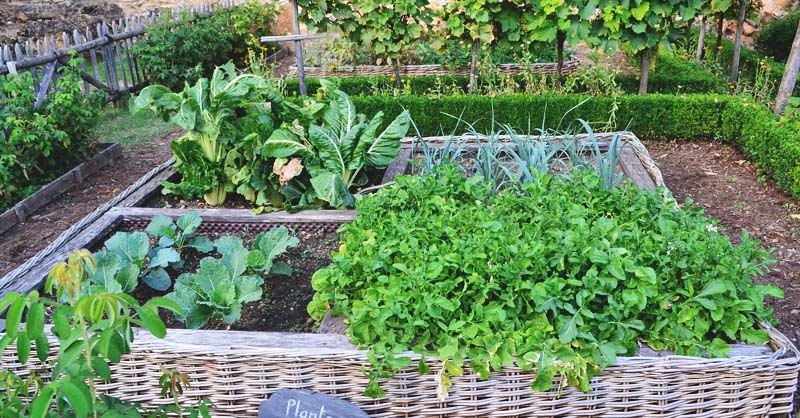
Once the concept of ecological building has started to develop, the studies upon used materials and new techniques of improving they energetic value have raised the interest of scientists.
Basically, all ecological materials used in constructing the framework, envelope and final touches stick to the primary forms: wood, stone or brick stone. Some projects, like those promoted by Ecokit France on Ecokitfrance.com, even combine one or two basic materials in order to achieve the perfect energetic balance and an outstanding design.
Wood can be considered one of the first building materials ever used. From prehistoric times and until today, this type of material has been constantly used in a wide variety of forms and textures. Its diversity comes from the different types of trees available that influence the way a piece of wood can be worked in order to sustain a certain weight as a resistance element or to cover and envelope as a finishing touch.
These two ways of using wood in construction are given by the unique architectural features this material involves, alongside the warmth it implies and also its mechanical proprieties. Wood is also included in the Ecokit France projects that promote a more ecological standard for house building.
Wood can contribute to the increase of energetic performances of any type of building, as it can balance the energy consumption, minimizing pollution and reducing the overall impact on the environment. Lowering the consumption level can be obtained by using a passive illumination and ventilation system and reducing the heating necessities of the house.
Wood can offer a very efficient thermic insulation that can be adapted to any type of energy requirement. Moreover, wood can also reduce the level of external pollution, starting from the construction phase of a building, as constructions, in general, usually have an impact upon the quality of air, water and soil.
As research has already pointed out, the extraction, manufacture and utilization of wood, in comparison with other construction materials, such as steel or concrete, have the following positive effects: less gas emissions, lower air and water pollution, lower waste level.
Total energy refers to all types of energy available, direct or indirect, used in the extraction, fabrication, transportation and use of construction materials. An ecological house intends to lower the level of energy consumption, not only after raising a house, but also while producing the actual materials.
Wood manufacture uses little energy and generally speaking, the principle of reducing the volume of used resources can be achieved by using recycled materials. In this sense, wood is the only construction material that can be recycled.
The new technology implemented in the fabrication of wood makes it possible to use every little part of a tree so that nothing is wasted. Moreover, wood is a durable material, that doesn’t require replacement or repair processes.
Likewise, this organic material is also used for its aesthetic proprieties, having exterior, but also interior applications. For instance, wooden floor are usually chosen for their great appearance, but also their propriety of reducing dust and microbe accumulation.


